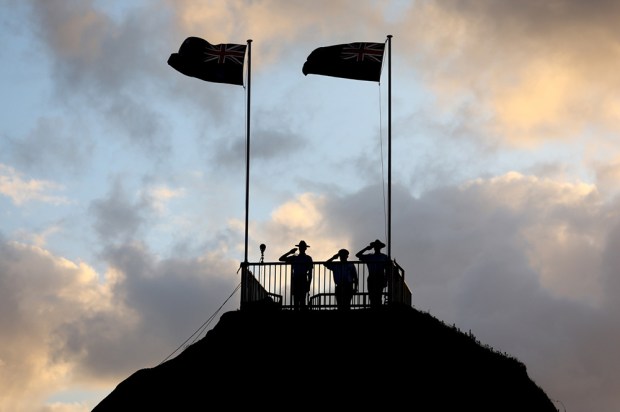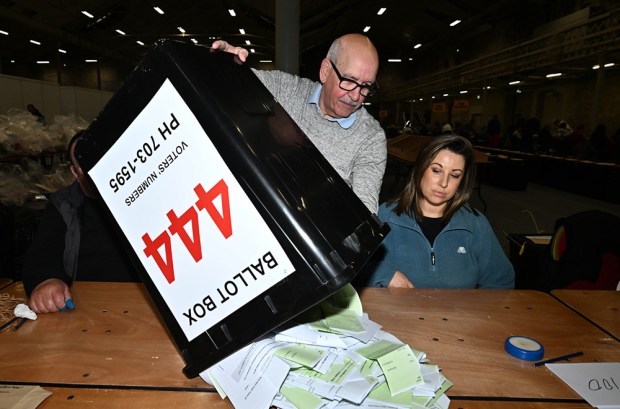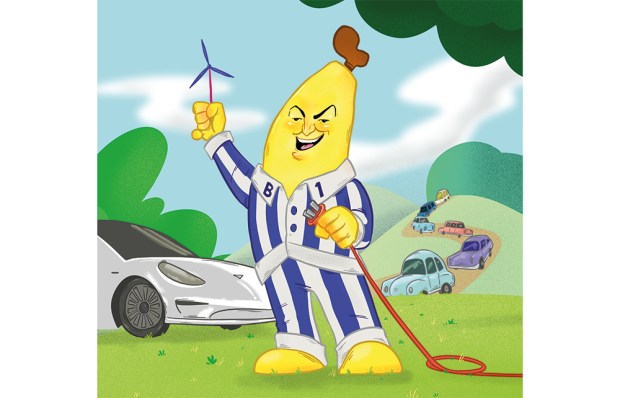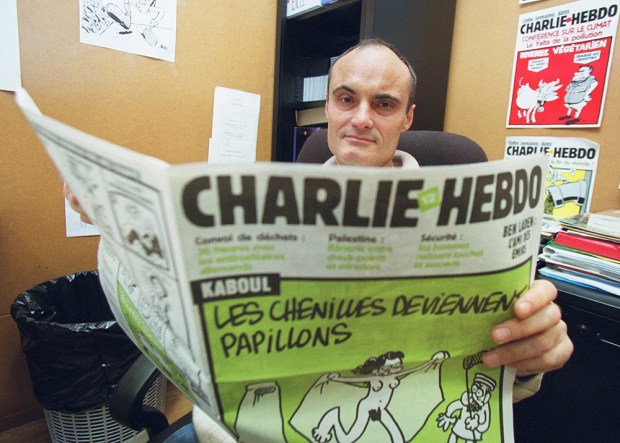Believe it or not, the purpose of publishing the ‘Daily Life’ section of the Age and the Sydney Morning Herald is not to justify shutting down all university departments that have the word ‘studies’ in their names. That impression is just an unintended consequence of the questionable material that regularly appears on what is colloquially known as Fairfax’s ‘lady pages’.
Take the article by anti-racism activist Ruby Hamad on ‘Seven Words You Didn’t Know Were Racist’. Hamad’s list included Gyp, which we were told has racist connotations because it derives from Gypsy. Bugger is also derogatory because originally it referred to a bigoted name for Bulgarians. And sold down the river is racist, too, because that is what the whites did to black slaves prior to the Civil War in the United States.
Regardless of their origins, it is not racist to use these words as they would be in Australia today in normal conversation: as synonyms respectively for swindle, make useless and betray. I wish Hamad’s hyper-sensitivity could be written off as an aberrant example of having learned the meaning of etymology and never getting over it. But, unfortunately, such keenness to tell us to mind our allegedly racist language reflects an emerging trend in the grievance industry.
When appointed Race Discrimination Commissioner by the Gillard Government in 2013, Tim Soutphommasane announced that addressing casual racism would be a priority during his five-year term. Casual racism is a slippery concept. It could be mistaken to mean literally that racism is a relatively minor problem. It might also be misinterpreted as a benign and helpful reminder of having to watch our Ps and Qs in a multi-racial society and not unintentionally give offence.
But this is not the point at all. Casual racism is said to consist of the unconscious biases and unexamined assumptions that determine mainstream attitudes to minorities. What these biases and assumptions supposedly show is how pervasive racial prejudice and discrimination are in everyday thoughts and actions, and how ingrained racism is in the social fabric.
The bigger agenda is to sensitise us to racial slights, whether real or imaginary, and thus convince us of the scale of the problem. If casual racism proves racism is omnipresent, such a huge-but-hidden social problem must be tackled by overt means. It inevitably follows that the issue needs to be addressed at the political level to raise awareness of, and challenge and correct, the underlying prejudice and discrimination reputedly rife throughout society. Rather than cultivate racial tolerance, campaigns to overcome supposed examples of casual racism can end up institutionalising racial divisions and dangerously politicising racial issues.
In a number of speeches delivered last year, Soutphommasane argued that Australians with Asian backgrounds were the victims of casual racism because they were stereotyped as academic and professional high-achievers. The willingness of merchant banks across the country, for example, to hire the best and brightest Asian-Australian graduates to work on deals worth hundreds of millions of dollars was apparently not enough to disprove the charge of racism.
According to Soutphommasane, it was insufficient to have equality of opportunity and appointment on merit to challenging and rewarding careers that fulfill every tiger parent’s aspirations. All this was simply masking the underlying, casually racist assumption that all well-educated Asian-Australians are good for is high-paying jobs as lawyers, financial analysts, ITconsultants and so on.
What Soutphommasane called a ‘bamboo ceiling’ threatened to lock Asian-Australians from positions of power permanently. The evidence is the under-representation of people from Asian backgrounds in top business and political roles, which Soutphommasane attributed to the casually racist assumption that Asian-Australians were unsuited to leadership. But Soutphommasane himself conceded that the issue might probably be cultural rather than unconscious bias. The brash and assertive style of leadership that is the norm in Australia is a cultural shock for those more comfortable with the comparatively restrained manner common in Asian societies.
This is similar to the situation faced by Australian business people, who find they need to alter their styles to accommodate different cultural norms and practices when doing business in Asia. This suggests the Asian-Australian leadership gap might be due to incomplete assimilation of Australian values rather than due to latent racism. Soutphommasane, however, prefers to put the worst possible construction on this. He maintains that Asian-Australians are in danger of being condemned by casual racism to languish as a ‘new class of professional coolies in the 21st century’.
It is ironic that someone who likes to tell us to watch our speech in order not to cause racial offence would use such inflammatory and loaded language with a deep and genuinely racist heritage. Whatever else is said, the contemporary position of Asian-Australian professionals in no way resembles the subservient position of indentured Asian or ‘coolie’ labourers in the nineteenth century.
The whole idea of a ‘bamboo ceiling’ fundamentally undercuts the ideal of racial equality. As most Australians with ethnic backgrounds realise, the fair go for all is a social reality, not just a national aspiration in this country. This is why hundreds of thousands of migrants of all races and creeds decide to make Australia home each year.
Divisive talk of modern day ‘coolies’ is not only wrong, it is hardly calculated to promote racial harmony. Attempts to politicise the position of Asian-Australians in Australian society along racial lines are highly questionable: questions might include whether it is appropriate for the taxpayer-funded Race Discrimination Commissioner to be out there playing identity politics on a sensitive issue? This should provide further food for thought for the critics of the whole idea of the Australian Human Rights Commission. I don’t know how others feel about this, but a few of the words that spring to my mind include gyp, bugger, and sold down the river.
Got something to add? Join the discussion and comment below.
Get 10 issues for just $10
Subscribe to The Spectator Australia today for the next 10 magazine issues, plus full online access, for just $10.
Jeremy Sammut is a Research Fellow at The Centre for Independent Studies.
You might disagree with half of it, but you’ll enjoy reading all of it. Try your first month for free, then just $2 a week for the remainder of your first year.













Comments
Don't miss out
Join the conversation with other Spectator Australia readers. Subscribe to leave a comment.
SUBSCRIBEAlready a subscriber? Log in